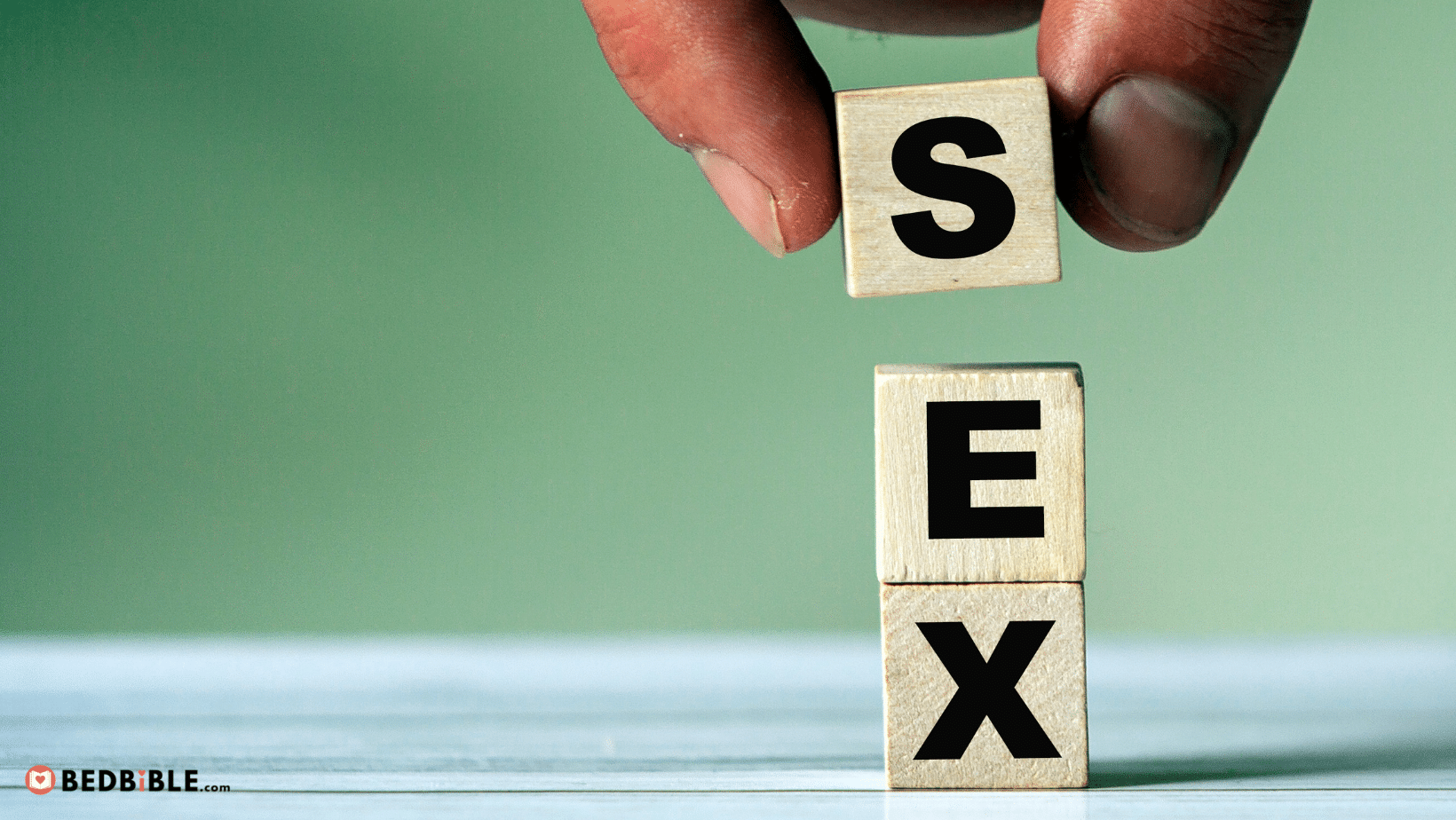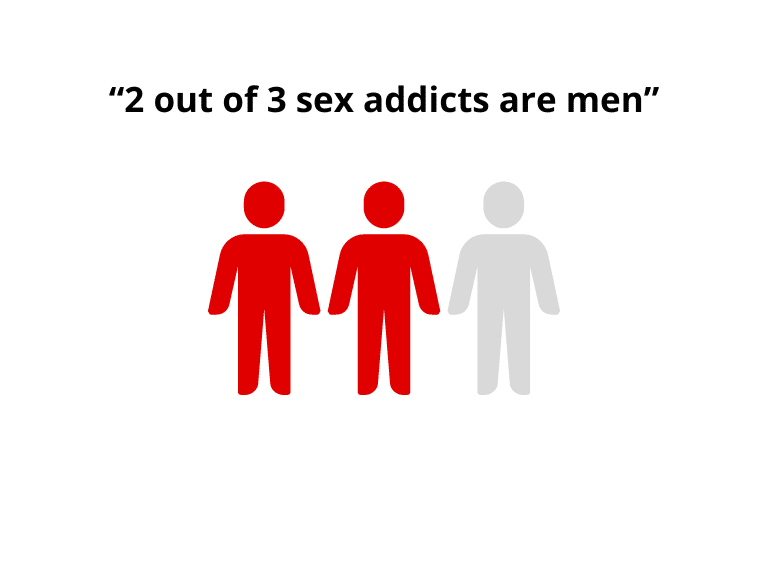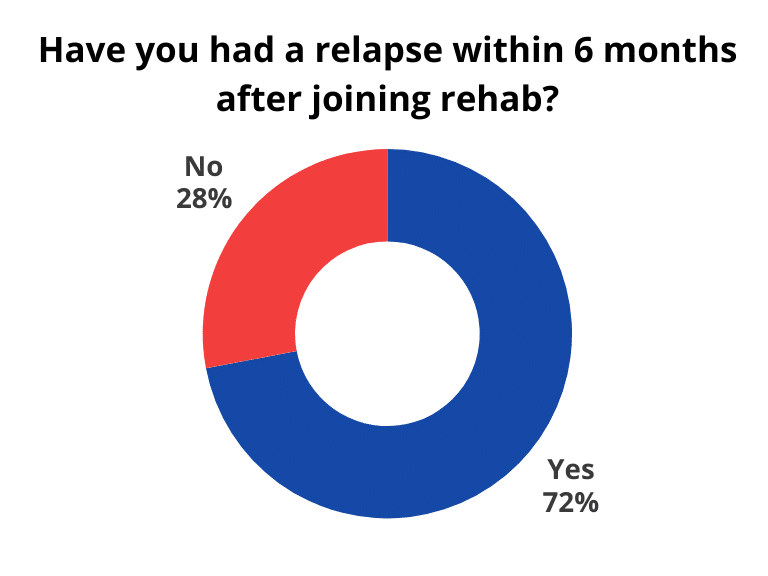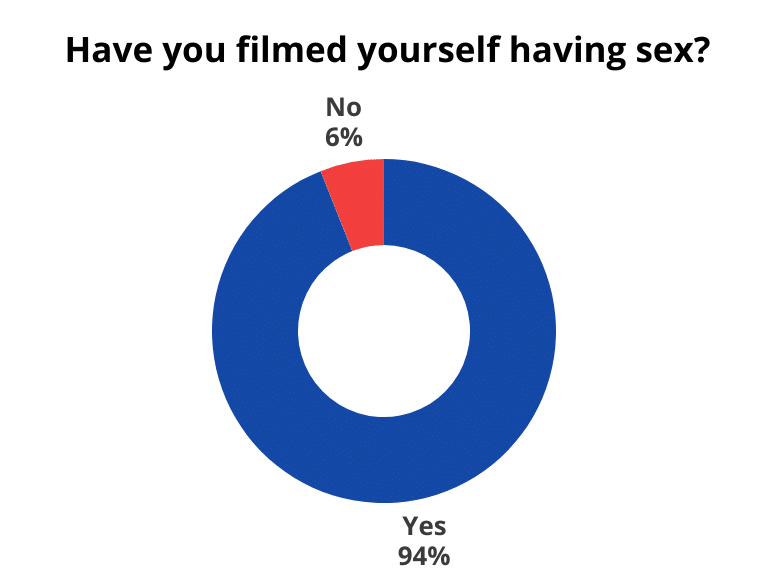
Sexual addiction is a topic that has garnered significant attention over the years. Through extensive research and numerous studies, we’ve compiled a comprehensive set of 24 statistics and facts that shed light on the prevalence and intricacies of sex addiction in the United States. Dive in to discover the most detailed and accurate representation of this often misunderstood condition.
Key Takeaways
- 6.9% of all Americans are Sex Addicts (that’s around 23 million Americans).
- 2 out of 3 sex addicts are men.
- 98% of sex addicts with a partner feel rejected by their partner.
- Only 5% of addicts who go into rehab recover from the addiction.
- 8 out of 10 women with a male partner who’s diagnosed with sex addiction suffer symptoms of depression.
- 81% of sex addicts were abused as a child.
- 21% of sex addicts suffer from ADHD.
#1: 23 million Americans are sex addicts
The percentage of Americans who are addicted to sex has risen from 3% in 1990 to 6.9% in 2023, meaning that an estimated 23,109,128 Americans live as sex addicts.
#2: 2 out of 3 sex addicts are men
Personality factors that are more prevalent in men such as ‘Openness to experience’ and ‘Neuroticisms’ play a big part in why more men become sex addicts compared to women.

#3: 93% of sex addicts also suffer from porn addiction
7.9% of Americans suffer from porn addiction, and often a porn addiction will develop into a sex addiction or vice versa. The two groups are closely connected and overlapping.
#4: 1 out of 3 men self-report that they feel addicted to porn
Surprisingly, research suggests that only 7.3% of Americans are estimated to suffer from porn addiction, while when asked up to 33% of men will answer that they feel addicted to porn.
#5: 98% of sex addicts with a partner feel rejected by their partner
A lot of negative emotions come with being a sex addict, one of them is the fact that the addiction will cause the addict to feel rejection. Some of the other negative emotions reported by addicts are:
- Betrayed
- Depressed
- Abandoned
- Isolated
- Lonely
- Humiliated
- Angry
#6: 40% of sex addicts have an STI
More specifically 38% of men and 45% of women with sex addictions have a venereal disease at any given time.
#7: Only 5% of addicts who go into rehab recover from the addiction
Only 5% of sex addicts report having recovered from the addiction after going into rehab. This does not mean, that 95% relapse into a negative addiction, however. Most addicts learn to live with their addiction and control it.
#8: 72% of sex addicts relapse in under 6 months after joining rehab
Recovering from sex addiction is tough, as the numbers show that 72% of all the sex addicts who join rehab will have a relapse within the first 6 months of joining.

#9: Sexual addiction was first diagnosed in 1983
Sexual addiction was first named and diagnosed as so in 1983 by Patrick Carnes in his publication “Out of the Shadows: Understanding sexual addiction” which was released by Hazelden Publishing and has since been cited over 1,558 times.
#10: In 1993 the American Psychiatric Association removed ‘Sexual Addiction as a diagnosis
in 1993 the American Psychiatric Association removed the diagnostic indicator for sexual addiction from the DSM-IV. It was later reintroduced in 2014 with the DSM-IV-TR.
#11: 80% of women with a sex-addicted male partner suffer symptoms of depression
Sex addiction will typically cause deeply rooted conflicts, and negative emotions and have a big impact on the addict’s partner. Equally worrying is the fact that 60% of women developed an eating disorder after discovering the actions of a partner with a sexual addiction.
#12: 81% of sex addicts were abused as a child
Abuse as a child is a very common determinant in individuals with a sexual disorder. That also means that there is a strong correlation between experiencing abuse as a child and developing sex addiction later in life. Some other abuse statistics:
- 72% of sex addicts were physically abused as a child
- 97% of sex addicts were emotionally abused as a child
#13: 94% of sex addicts have filmed themselves having sex
A predominant thing among sex addicts is constantly seeking new boundaries and things to do in bed – not because they with their partner decide to explore new boundaries but rather to challenge themselves and get a kick.

#14: 3 out of 5 sex addicts self-report posting naked photos of themselves online regularly
With Onlyfans becoming more and more popular, posting racy photos online might not seem like such an unorthodox thing anymore. However, the fact that a large proportion of sex addicts do it compared to the general population tells you that receiving sexual attention is important for addicts.
#15: Only 2% of sex addicts have never had a one-night stand
Being a sex addict also means looking for consecutive partners, often without any emotional attachment. This is typically a mutually agreed upon thing in hookup culture.
#16: Male sex addicts have on average had 32 sexual partners
Having told this number to some, they find it as a surprisingly small number. Of course, just because a person is a sexual addict doesn’t mean that they are also successful in attempts to find partners. Nor does it mean, that they will even attempt it – anxiety or other social dynamics might come into play. That being said, 32 partners, is the average meaning that some sexually addicted persons have had multiple hundred partners.
#17: 74% of sex addicts self-report to lead a double life and lie regularly
Sexual addiction is often not shared by the addict or even properly diagnosed. When it goes untreated the last report to fulfill the addiction is typically through lying and setting up a double life.
#18: 4 out of 10 women report withdrawing their emotional connections to a sex-addicted partner
Addicts typically hurt those around them more than they hurt themselves. Sexual addiction is no different. Apart from depression and eating disorders, partners of sexual addicts also fall out of love in 4 out of 10 cases due to the addiction.
#19: Female sex addicts report to have had 22 sexual partners on average
The number of sexual partners that female sexual addicts report to have had is significantly lower than the male sexual addicts – 22 sexual partners for women and 32 for men.
#20: 38% of sex addicts also had an anxiety disorder
Research indicates that sexual addiction often comes as part of a dual diagnosis or multiple co-occurring disorders. Other disorders include:
- 40% of sex addicts displayed symptoms of substance abuse.
- 72% of sex addicts displayed symptoms of depression.
- 23% of sex addicts displayed symptoms of bipolar disorder.
#21: Children of households where parents displayed addictive behavior are 22 times more likely to become sexually addicted later in life
With the addictive behavior of parents often comes abusive situations, however, solely just the fact that parents displayed this behavior makes individuals less able to control and suppress sexually compulsive behavior later in life.
#22: There are 8 specialized sexual addiction treatment centers in the US
2 out of 8 sex addiction centers are located in Florida. The rest are located in Texas, California, New York, Mississippi, Nevada, and Massachusetts.
#23: If all sexual addicts was admitted to treatment at the same time the subscription of centers would overflow by 11,354%
Most treatment centers will only have patients subscribed and living at the center for around 90 days, so to directly translate that into a percentage overflow is stretching it, but even though it does display the lack of capability to help people who struggle with involuntary sexual compulsion.
#24: 21% of sex addicts suffer from ADHD
ADHD is associated with addictions in general terms, both drugs and alcohol, and compared to the general public where 4.4% have ADHD there is a high proportion (21%) of sexual addicts who also suffer from ADHD.
